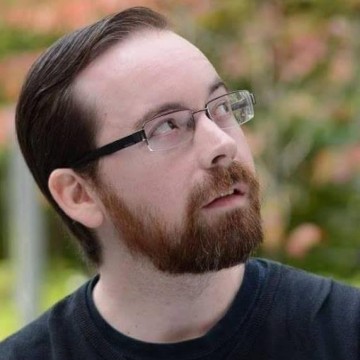The Most Disturbing Scene in ‘Hereditary’
The scares in Hereditary are shocking, but the truly upsetting aspects of Ari Aster’s supernatural horror movie reside in its realistic depiction of the effects of tragedy and grief. For that reason, the most disturbing scene in Hereditary may not be exactly what you think.
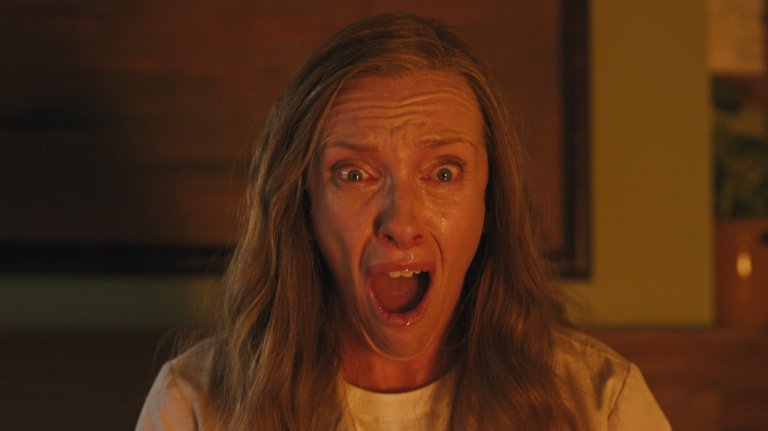
Hereditary (2018) is one of the most disturbing horror movies of its era. But what is it about Hereditary that lands it on countless “Scariest Movie Ever” lists? And what is the most upsetting scene in a movie that is, as a whole, completely unsettling?

Part of the reason Hereditary is so frightening is because of its shocking moments. Another part of the reason involves the movie’s supernatural elements. However, shock value on its own doesn’t always stick with a viewer, and the witchcraft and apparitions seen in Hereditary aren’t so dissimilar from lots of other horror movies. Instead, the insidious nature of Hereditary has more to do with the meticulous craftsmanship of writer/director Ari Aster, and with the intense family drama that serves as the foundation of the film.

This article goes into detail about how all of the elements described above contribute to the most disturbing scene in Hereditary. Along the way, many of the movie’s most frightening moments will also be discussed as context for why this one particular scene is so gut-wrenching.
Table of Contents
The Most Shocking Moments
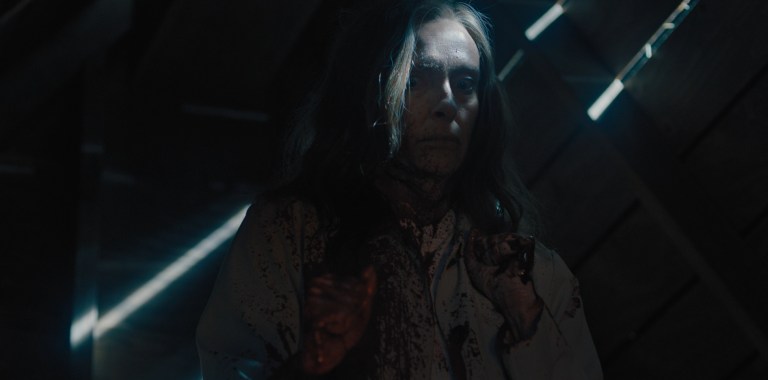
The finale of Hereditary, from the moment Peter (Alex Wolff) wakes up after breaking his nose until the final shot of the movie, is packed with shocking images. By this point Annie (Toni Collette) is possessed by the demonic force that will ultimately take Peter, and the list of scares here is extensive. Standouts include Annie silently crawling/floating across the wall behind Peter, Annie upside down on the ceiling and banging her head on the attic door, and Annie floating in the attic as she slowly saws her own head off with a wire.
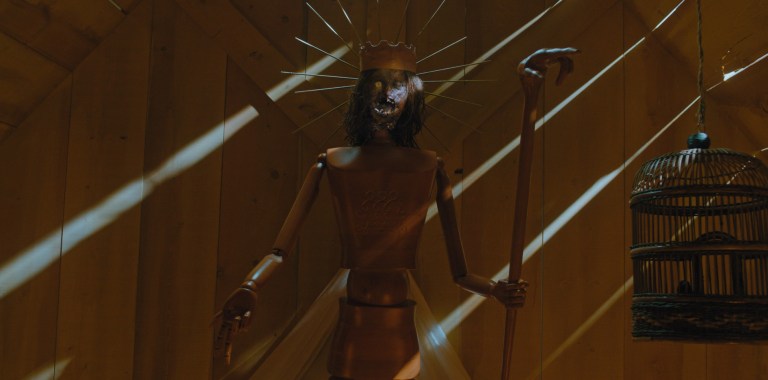
As intense as it is for the audience to witness the grueling gauntlet Annie forces Peter to run through, its impact won’t be as great on repeated viewings since you will know what’s coming. All of the running, banging, and cutting is leading up to the true focus of the finale, which is the final scene taking place in Charlie’s (Milly Shapiro) treehouse. This is where the cultists are fully revealed as they worship Peter as the new host for Paimon, one of the kings of Hell. The movie ends with a profound sense of hopelessness, making the shocks that preceded it more of a setup rather than a payoff.
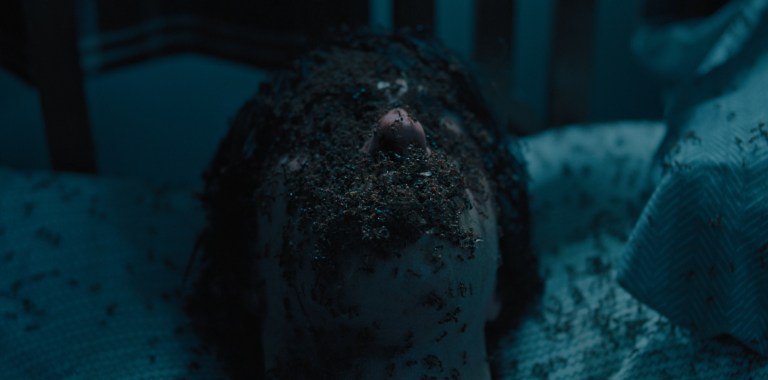
A few other moments people point to as the most shocking happen shortly before the finale. One of these is when Steve (Gabriel Byrne) bursts into flames when Annie throws Charlie’s sketchbook into the fireplace. Another is when Peter slams his own head onto his desk at school while Paimon/Charlie is trying find a way into his body. The suddenness of both of these moments is indeed surprising and unnerving, but there is one moment that almost everyone can agree on as being the most shocking in the entire movie.
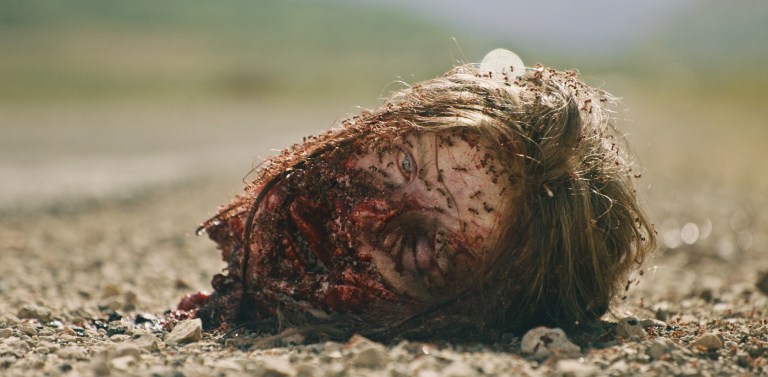
The most shocking (but not the most disturbing) scene in Hereditary is when Charlie is decapitated. Up until then, it seems like the relationship between Charlie and her mother Annie is the main focus of the movie. Instead, Charlie’s ill-fated car ride violently moves the focus over to Annie and Peter’s relationship. More importantly though, the real shock of the moment comes from the misdirection of believing that Charlie’s deadly allergy to nuts is the biggest danger, only to have a speeding car, an open window, and a wooden post be what ends her life. It’s gruesome, and it’s unexpected, but it’s only part of what makes Hereditary so disturbing.
Foreshadowing the Darkness
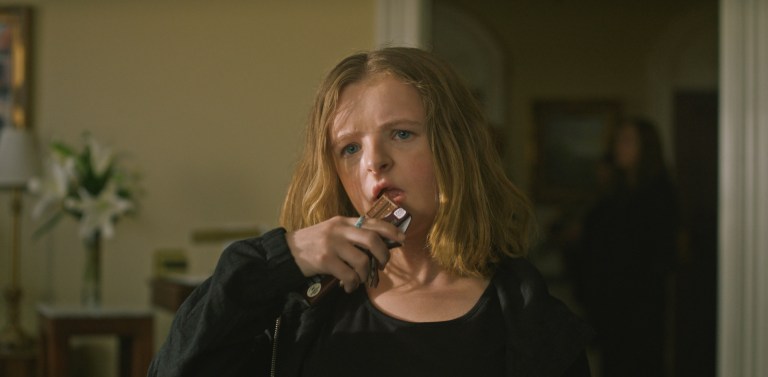
Many of the shocks in Hereditary will surprise first-time viewers, but the surprise won’t be there when watching for a second time. What will be there on repeated viewings are clues that may have been missed. For example, Charlie’s death is heavily foreshadowed well before it happens. At Ellen’s funeral, Charlie snacks on a chocolate bar. In a somewhat heavy-handed fashion, both of her parents worry about whether or not there are nuts in the candy bar since they don’t have an EpiPen. Then later, when Peter takes Charlie to a party, there is a lingering shot of nuts being chopped while a chocolate cake is being prepared. The connection is unmissable, but Charlie having an allergic reaction was never meant to be a surprise.
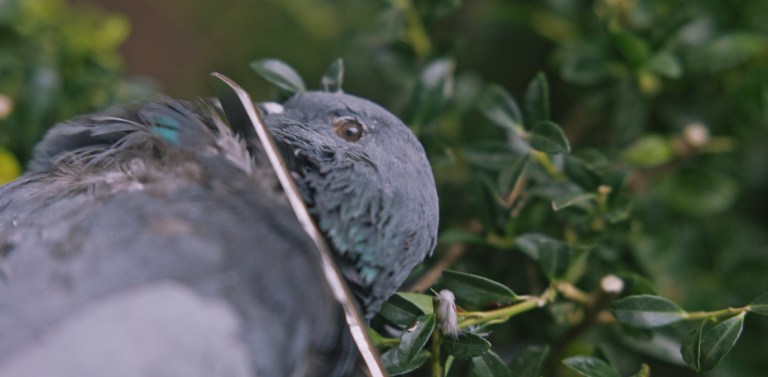
The foreshadowing of Charlie’s actual decapitation is more subtle. One moment is when a bird crashes into the window outside of Charlie’s classroom. Charlie is then seen cutting the bird’s head off after it crashes and dies. Also, on the way to the party, we see the symbol we later learn is the sigil of Paimon etched onto the post that Charlie later loses her head on. The bird and the sigil may not make sense as clues for the viewer until after Charlie’s decapitation, but it shows that many of the most shocking moments in the movie are, in a way, told to the viewer before they happen. Though this may seem like it lessens the impact of those moments, it actually increases the unsettling nature of the movie when you realize that the destruction of Annie’s family was planned in advance.
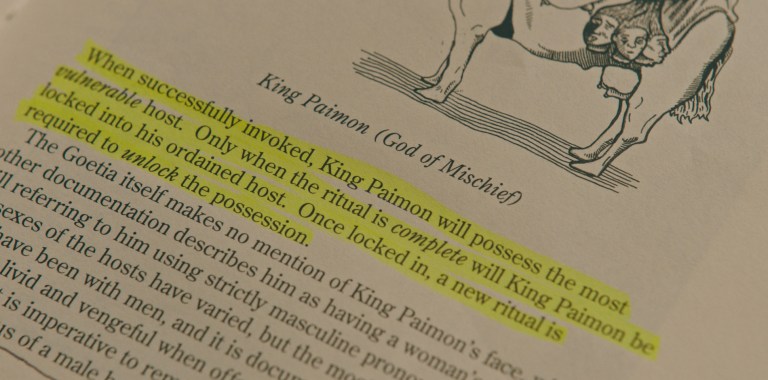
To make it even more clear, the entire approach to the movie is spelled out explicitly in the scene when Peter’s class is discussing the mythological Greek hero Heracles. The teacher talks about “the hero” being undone by his fatal flaw, and he asks the class what Heracles’ fatal flaw is. An astute student responds, “arrogance… because he literally refuses to look at all the signs that are being literally handed to him.” This scene is played lightly by showing Peter staring at the pretty young woman in front of him when the teacher asks for an explanation about the fatal flaw. However, the moment becomes heavy when we realize that Peter, the eventual “hero” of the story, has literally shown us his fatal flaw. Peter’s infatuation with the pretty young woman is what causes him to abandon Charlie at the party and tell her to eat the chocolate cake, which is what really begins the downfall of his entire family.
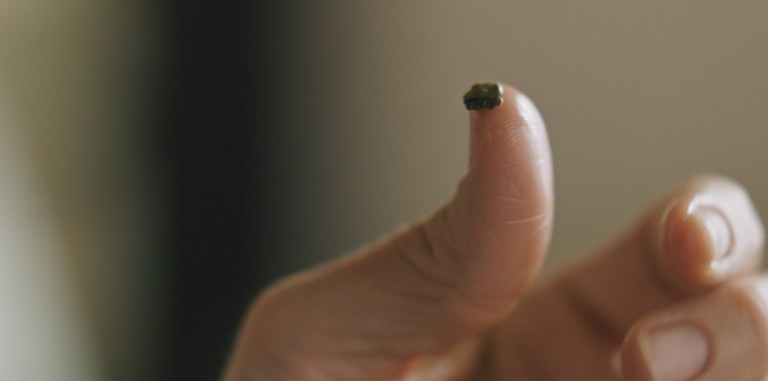
Of course, Peter isn’t the only person in the family ignoring obvious signs. Annie is even worse. Annie has ample opportunities to realize something is not right. When visiting Joan (Ann Dowd), the woman who befriends Annie and shows her how to perform a séance, Annie notices that Joan’s doormat that looks exactly like the doormats Annie’s own mother made for her and Charlie (or rather, Charles). Annie also ignores the odd plant in the tea Joan gives her, the writing on the walls in her house, the marks on the floor in her mother’s room, and so much more. By the time Annie becomes suspicious enough to do something, it is far too late. All of this foreshadowing supports the idea that Annie and her family never have any real control over the plot being enacted against them, making the movie arguably less shocking yet way more unsettling.
Familial Horrors

If a horror movie can unsettle you, then it’s probably doing its job well. But Hereditary isn’t just unsettling. It’s horror that stays with you. It’s haunting in a way that not many movies are. Shocks are fleeting, and being unnerving is nice, but what really gets under people’s skin is horror that is relatable. Witches and demons can be scary, but they aren’t going to be relatable to most general audiences. Rather, fears dealing with family are going to touch many more people.
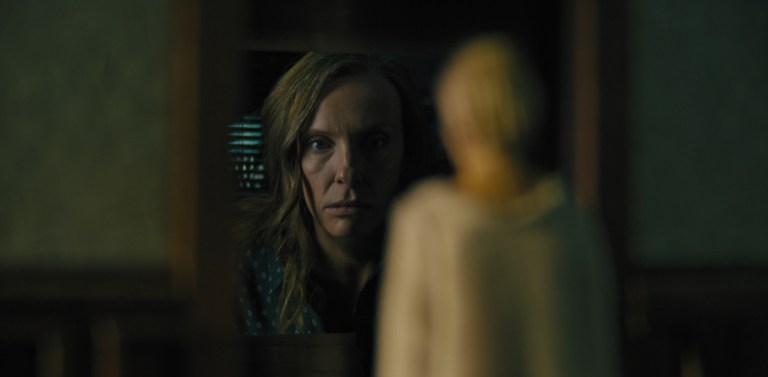
There is witchcraft running throughout the entirety of Hereditary, and at times witchcraft is conflated with mental illness. In Annie’s confession at the grief recovery group therapy session, she mentions that her mother suffered from dissociative identity disorder and dementia. She also mentions that her father had psychotic depression, and her brother hanged himself while suffering from schizophrenia and claiming his mother tried to put people inside him. Most of these illnesses are likely exactly as Annie describes them, but her brother’s accusation against their mother is an obvious nod towards the invocation of Paimon. In this case, witchcraft and the summoning of a demon king is analogous to child abuse. So in this way, Annie’s speech is completely relatable to anyone who lives in fear of becoming like their parents and causing the same harm to their own children.

The mental fracturing of Annie’s entire family is eventually explained as being part of the cultists’ ritual to invoke Paimon, since the members of the family need to be vulnerable for the spirit to enter their body. Not all of the mental anguish can be attributed to just the elaborate ritual though. Annie tells Joan about a time long before when she was sleepwalking and woke up in front of Peter and Charlie’s bed with an empty can of paint thinner and an unlit match. Later, in a nightmare, Annie relives those actions after she tells Peter that she never wanted to be a mother and actively tried to abort him. Clearly, the problems between Annie and Peter go way beyond the short span of time seen in the movie.
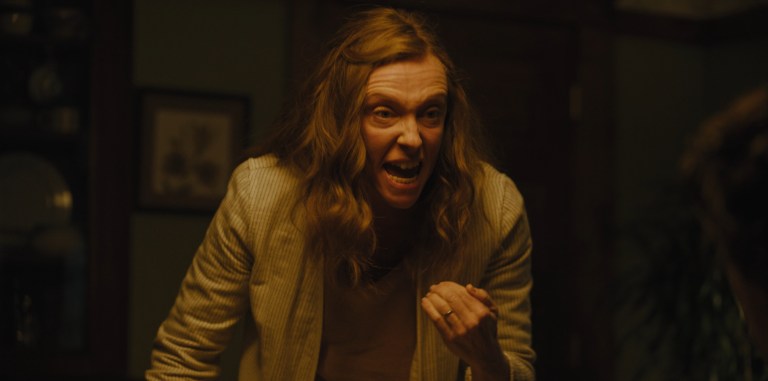
No scene displays the extreme dysfunction in Annie’s family better than the dinner scene. In a performance that should’ve won Toni Collette an Academy Award, Annie explodes, releasing all of her pent-up frustration and anger in a shouting fit directed at Peter. Though she claims to understand that Peter is upset too, her accusatory language indicates that she really does blame him for Charlie’s death, and she won’t forgive him. Peter, with good reason, tries to deflect some of the blame back towards Annie, but that just makes her even more angry. This scene is so effective because it feels real. Real anger between real members of a family with not a hint of witchcraft involved.
The Most Disturbing Scene in Hereditary

As real as the dinner scene feels, and as unsettling as it is, the most disturbing scene in Hereditary combines shock, foreshadowing, and raw emotion. It is the sequence that begins just after Charlie’s beheading, and ends just after her funeral.
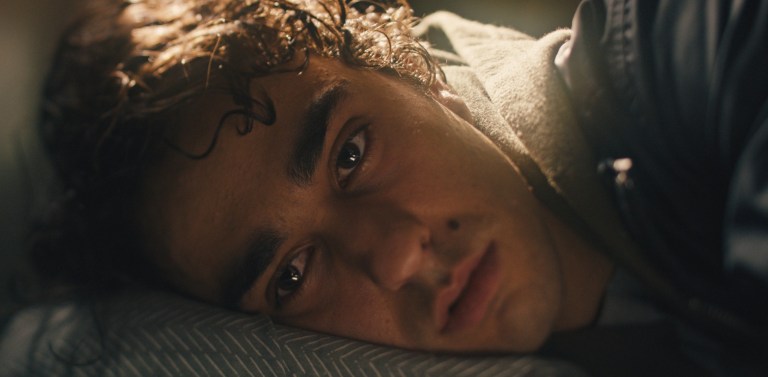
In the moments leading up to Charlie’s death, the energy in the movie is intense. Peter is speeding to get his sister to the hospital, Charlie is thrashing around as she struggles to breathe, and a dead animal in the road causes Peter to swerve. The instant Charlie’s head makes contact with the post, everything stops. Peter stares straight ahead for an excruciating amount of time, likely in shock just like much of the audience. He then slowly pulls away and drives home, refusing to look at what remains of his sister in the back seat. Once Peter gets home, he walks into his room in a daze, getting into bed without sleeping. This is where the real horror begins.
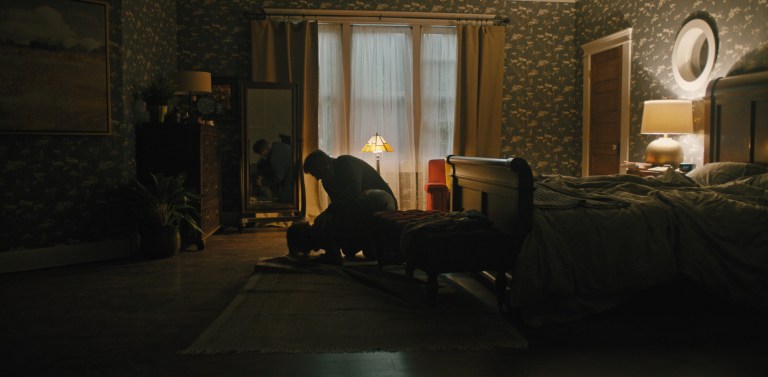
With Peter framed in a closeup, still wide awake in bed as the morning sun shines through his window, Annie can be heard exiting the house and walking to her car. While still focused on Peter, Annie’s screams are heard in the distance. Peter barely reacts. The next few shots are all connected by the unbroken sound of the shrieks and sobs emanating from Annie. Charlie’s severed head is shown, destroyed and covered in ants. Annie is shown on her hands and knees in her bedroom, saying she wants to die between gasps. Peter is shown standing alone in the hallway, listening to his mother. Then Charlie’s casket is lowered into the ground, and Annie’s cries are finally muffled as the camera parallels the casket’s movement.

Anyone who has lost someone close to them can relate to Annie’s anguish. It isn’t clear how much time passes in this sequence, but the structure of the sequence conveys everything. A sudden death like this creates situation where time is more or less irrelevant. It’s all about grief, and nothing will make it dissipate any faster or slower. Visually, this sequence also illustrates what the shock of this tragedy has done to the family. Annie is on the floor, unable to stand, while Peter stands alone and in the darkness of the hallway. Even at the funeral, Peter is standing away from his parents.
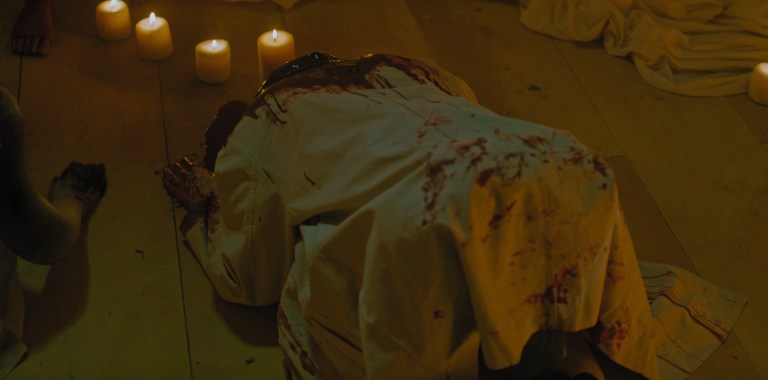
Beyond the visual metaphors, Annie’s ultimate fate is also foreshadowed in this sequence. While on the floor in her bedroom, Annie is on her hands and knees in exactly the same bowing position as we see her headless body in during the treehouse scene at the end of the movie. It is no coincidence that Annie cries “I just want to die” while in this position, especially considering that she cuts her own head off during the finale of the movie.
No matter how many times you listen to Annie’s cries and watch as she and Peter are both broken by Charlie’s death, the impact of the scene never changes. It hurts every time. It hurts not because it’s shocking, but because it feels grounded in reality. The sequence is made up of just a few shots, but it is the masterful way the shots are put together and how they are built up to that makes the sequence work so incredibly well.
